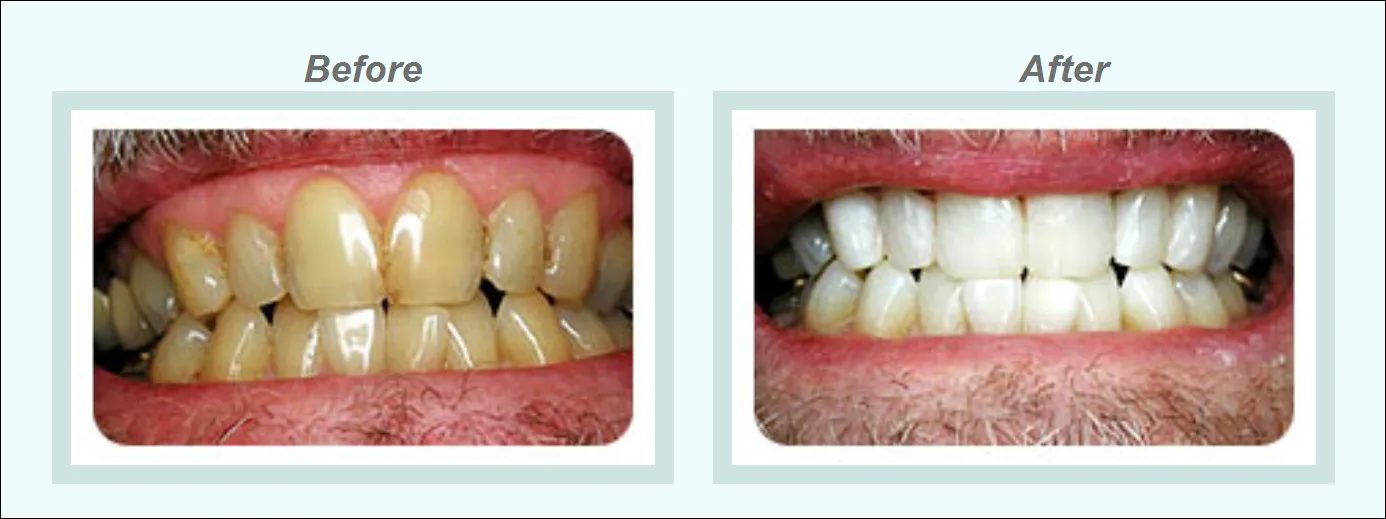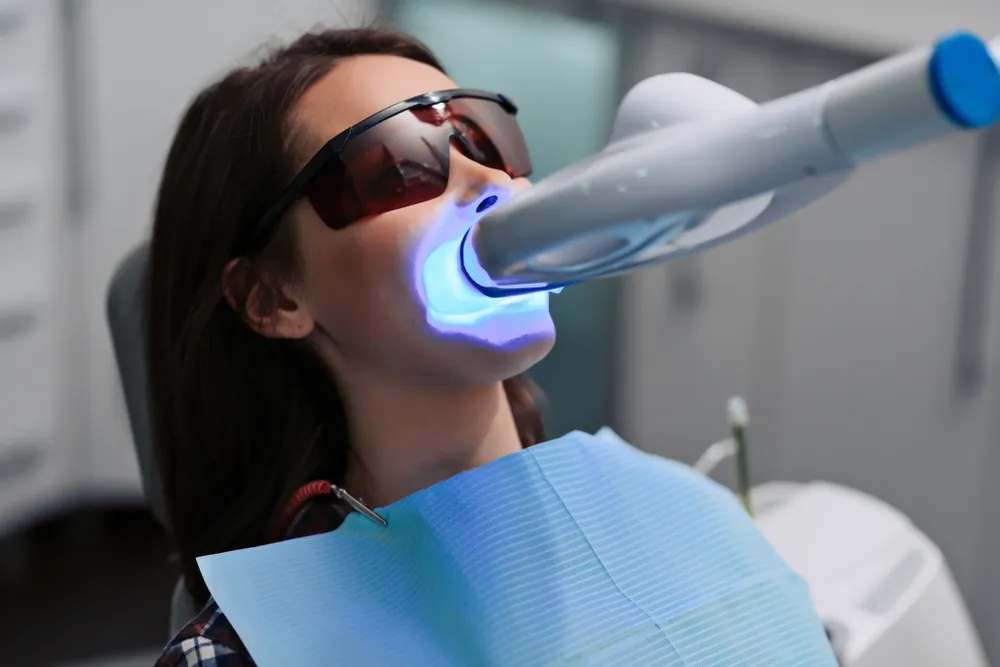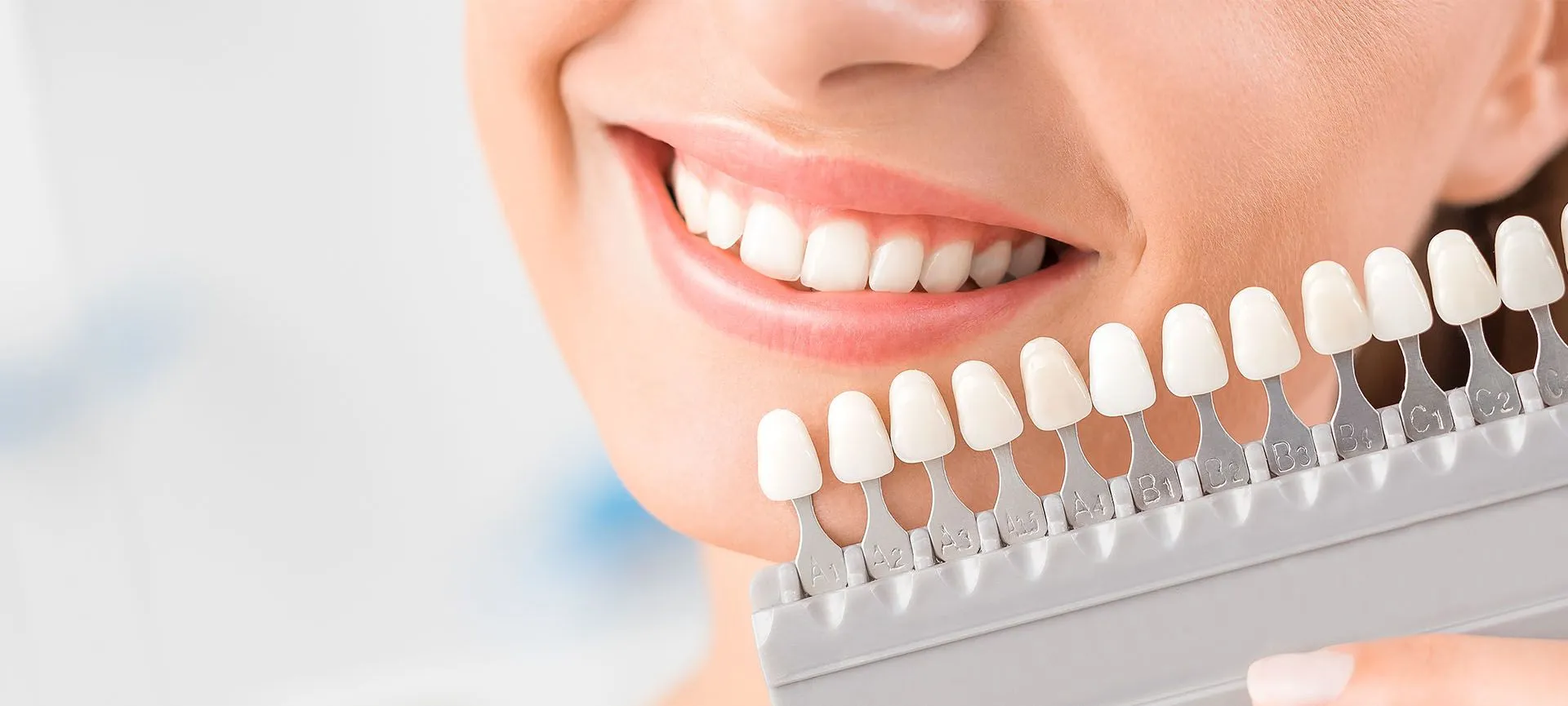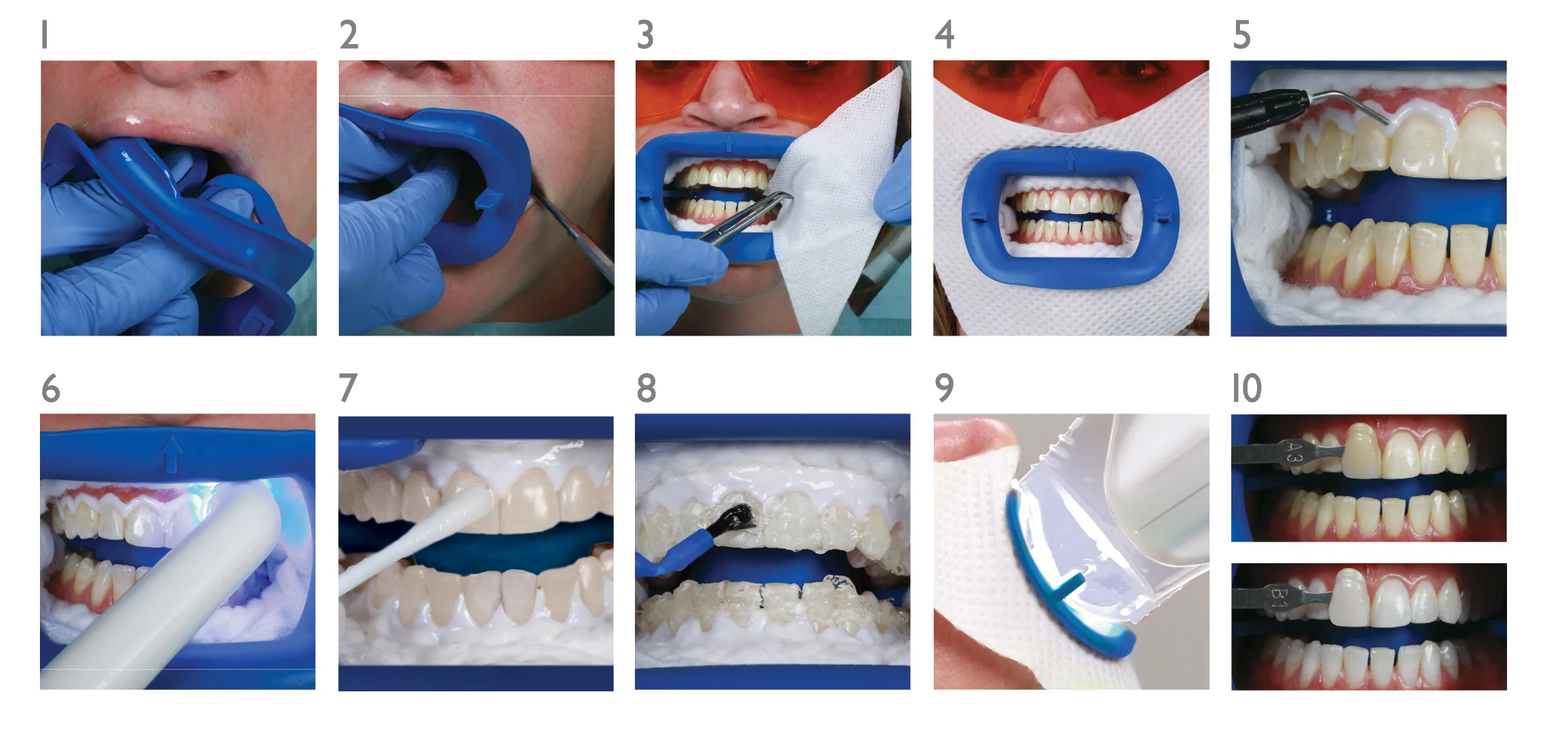The Basics of Teeth Whitening
Teeth whitening, also known as teeth bleaching, is a popular cosmetic dental procedure designed to lighten the color of your teeth and remove stains and discoloration. This process can significantly enhance your smile, boosting your confidence and overall appearance. Whether it’s due to aging, lifestyle choices, or the consumption of staining foods and drinks, many individuals experience a dulling of their teeth over time. Teeth whitening offers a solution to restore a brighter, more youthful look. It’s essential to understand the different methods, benefits, and potential considerations associated with this procedure to make an informed decision about your dental health and cosmetic goals. This article delves into the core aspects of teeth whitening, providing you with the necessary information to navigate the process effectively. (Image: teeth-whitening-intro.webp)
What is Teeth Whitening?
Teeth whitening involves using bleaching agents to break down stains on the tooth enamel. These agents, typically hydrogen peroxide or carbamide peroxide, penetrate the enamel to oxidize the stain molecules, making them less visible. The procedure doesn’t alter the structure of the tooth itself but rather targets the discoloration caused by various factors such as coffee, tea, tobacco, and aging. The effectiveness of the whitening process depends on the type of stains and the chosen method. While some methods can provide instant results, others require multiple applications over time. The goal is always to achieve a brighter, more radiant smile by reversing the effects of discoloration and restoring the natural whiteness of your teeth.
Types of Teeth Whitening Procedures

There are various teeth whitening procedures available, catering to different needs and preferences. These procedures generally fall into two main categories professional and at-home treatments. Each type offers different levels of convenience, cost, and effectiveness. Understanding the distinctions between these options can help you determine which procedure best aligns with your desired results and budget. It is important to consult with a dentist before starting any whitening procedure, to evaluate your oral health and ensure the chosen method is safe and appropriate for your specific situation, ensuring optimal results and protecting your teeth from potential risks.
Professional Teeth Whitening
Professional teeth whitening is performed by a dentist in a clinical setting. This method often involves a higher concentration of bleaching agents, yielding faster and more dramatic results. The dentist applies the whitening solution to the teeth, sometimes using a special light or laser to accelerate the process. This procedure is typically completed in a single visit and can lighten teeth several shades. The advantage of professional whitening is the supervision by a dental professional, who can monitor for any adverse effects and ensure the procedure is safe and effective. The cost is generally higher, but the results are often superior to at-home methods. Professional whitening is ideal for individuals seeking immediate and significant improvements in their tooth color (Image: professional-teeth-whitening.webp).
At-Home Teeth Whitening Options
At-home teeth whitening options include over-the-counter products like whitening strips, trays, and toothpastes, as well as custom-fitted trays provided by your dentist. These methods typically use lower concentrations of bleaching agents, requiring a longer application period to achieve noticeable results. Whitening strips are convenient and easy to use, while custom trays offer a more precise fit for better coverage. Whitening toothpastes contain mild abrasives that help remove surface stains but don’t significantly alter the intrinsic color of the teeth. At-home options are generally less expensive than professional treatments and are suitable for individuals with milder discoloration or those looking for maintenance after professional whitening. However, it’s important to follow the instructions carefully and be aware of potential side effects, such as tooth sensitivity or gum irritation (Image: at-home-teeth-whitening.webp).
Top 5 Facts About Teeth Whitening

Fact 1 Understanding the Process
The teeth whitening process works by using bleaching agents that penetrate the enamel and break down the stain molecules. The main active ingredients in these agents are hydrogen peroxide or carbamide peroxide. When applied, these chemicals release oxygen molecules, which react with the discolored molecules inside the tooth, breaking them down and making them lighter. The process doesn’t damage the tooth structure itself but targets the stains caused by various factors. The effectiveness of the whitening depends on the type and severity of the stains, with some stains being more responsive than others. Proper preparation and adherence to instructions are crucial for achieving the desired results (Image: teeth-whitening-process.webp).
Fact 2 Procedure Benefits
The benefits of teeth whitening extend beyond aesthetics. A brighter smile can significantly boost self-esteem and confidence, leading to a more positive self-image. A whiter smile can make you look younger and healthier, creating a favorable impression in social and professional settings. Moreover, teeth whitening can encourage better oral hygiene practices, as individuals are more likely to maintain their results by taking care of their teeth. This procedure is a relatively simple and non-invasive way to achieve a noticeable improvement in your appearance. Furthermore, it can motivate individuals to maintain a healthy lifestyle, avoiding habits that could lead to staining, thus prolonging the positive effects of the whitening treatment (Image: teeth-whitening-benefits.webp).
Fact 3 Potential Risks and Side Effects

While teeth whitening is generally safe, it can have potential risks and side effects. The most common side effect is tooth sensitivity, which can range from mild to moderate and usually subsides within a few days after the treatment. Gum irritation is another potential side effect, especially if the bleaching agent comes into contact with the gums. In rare cases, prolonged or excessive use of whitening products can cause damage to the enamel. It’s crucial to follow the instructions provided by your dentist or the product manufacturer to minimize these risks. Individuals with existing dental issues, such as cavities or gum disease, should address these problems before undergoing teeth whitening. (Image: teeth-whitening-risks.webp)
Fact 4 Cost Considerations
The cost of teeth whitening varies depending on the type of procedure and the provider. Professional teeth whitening, performed by a dentist, is generally more expensive than at-home options. The cost depends on factors such as the dentist’s fees, the type of whitening system used, and the number of treatments needed. At-home whitening kits are typically more affordable, but the cost can vary based on the brand, the concentration of the bleaching agent, and the quantity of the product. It’s essential to consider the long-term value and the potential for lasting results when evaluating the cost. While professional treatments may have a higher initial cost, they often provide more dramatic and longer-lasting results, potentially saving money on repeated treatments in the long run. (Image: teeth-whitening-cost.webp)
Fact 5 Aftercare and Maintenance
Proper aftercare and maintenance are essential to prolong the results of teeth whitening. Following the procedure, it’s important to avoid foods and drinks that can stain your teeth, such as coffee, tea, red wine, and certain fruits. Smoking should be avoided, as it can significantly reduce the effectiveness of the whitening. Regular brushing with a whitening toothpaste can help maintain brightness, but it should be used as directed to avoid any potential damage to the enamel. Regular dental check-ups and professional cleanings are also crucial for maintaining a white smile and preventing the buildup of stains. Using a straw for beverages and rinsing your mouth with water after meals can further reduce staining. (Image: maintaining-white-smile.webp)
Procedure Effectiveness

The effectiveness of teeth whitening depends on various factors, including the type of stains, the chosen method, and individual dental characteristics. Extrinsic stains, those on the surface of the enamel, typically respond well to whitening treatments. Intrinsic stains, those within the tooth structure, may require more aggressive methods or multiple treatments to achieve desired results. The concentration of the bleaching agent and the duration of the treatment also influence the outcome. Professional whitening usually provides more dramatic and consistent results compared to at-home options. It’s important to have realistic expectations and understand that not all teeth will whiten equally. Consulting with a dentist can help determine the most effective approach for your specific needs.
Factors Affecting Whitening Results
Several factors can affect the results of teeth whitening. The type and severity of stains play a significant role; surface stains typically respond better than those within the tooth. The natural color of your teeth also influences the outcome; teeth that are naturally more yellow tend to whiten more effectively than those that are gray. Age can also be a factor, as teeth tend to become more porous with age, making them more susceptible to staining. Dietary habits and lifestyle choices, such as smoking and consuming staining foods and drinks, can affect the longevity of the whitening results. Lastly, the presence of dental work, such as fillings or crowns, can affect the overall appearance, as these materials do not whiten in the same way as natural teeth.
Tips for Maintaining a White Smile
To maintain a white smile, it’s important to adopt a consistent oral hygiene routine. This includes brushing your teeth twice a day with a whitening toothpaste and flossing daily to remove plaque and food particles. Limit the consumption of staining foods and beverages, such as coffee, tea, and red wine. If you do consume these items, rinse your mouth with water immediately afterward. Avoid smoking and chewing tobacco, as they can significantly stain your teeth. Schedule regular dental check-ups and professional cleanings to maintain oral health and remove surface stains. Consider using over-the-counter whitening products for touch-ups as needed, following the product instructions carefully to avoid potential side effects.
Conclusion

Teeth whitening is a versatile cosmetic procedure that can significantly improve the appearance of your smile. Understanding the various procedures, their benefits, and potential risks is crucial for making an informed decision. Whether you opt for professional treatments or at-home options, maintaining a consistent oral hygiene routine and avoiding staining substances is essential for long-lasting results. Consulting with a dentist is always recommended to determine the best approach for your individual needs and ensure the safety and effectiveness of the whitening procedure. With the right approach, you can achieve a brighter, more confident smile that enhances your overall appearance and well-being.
